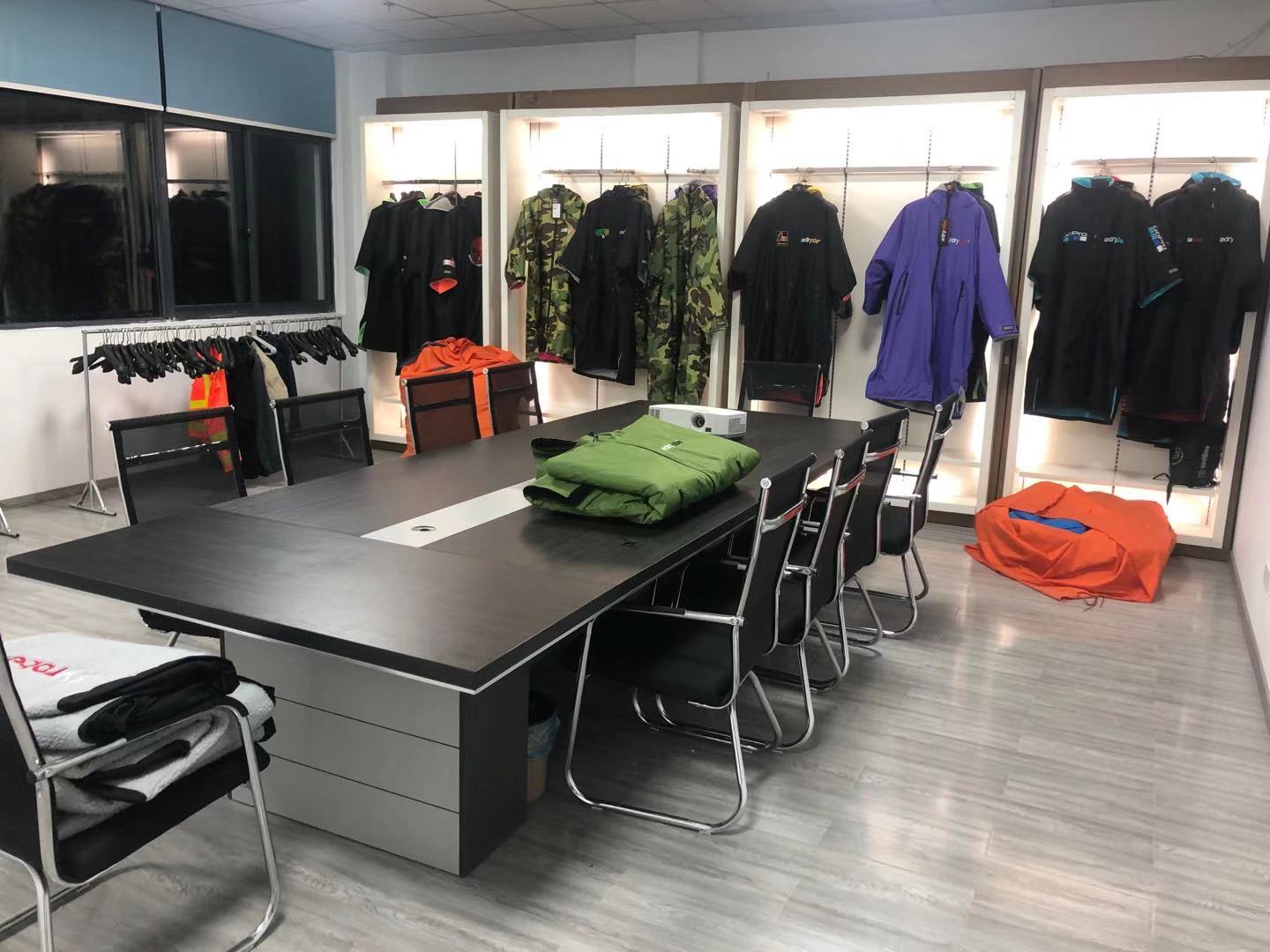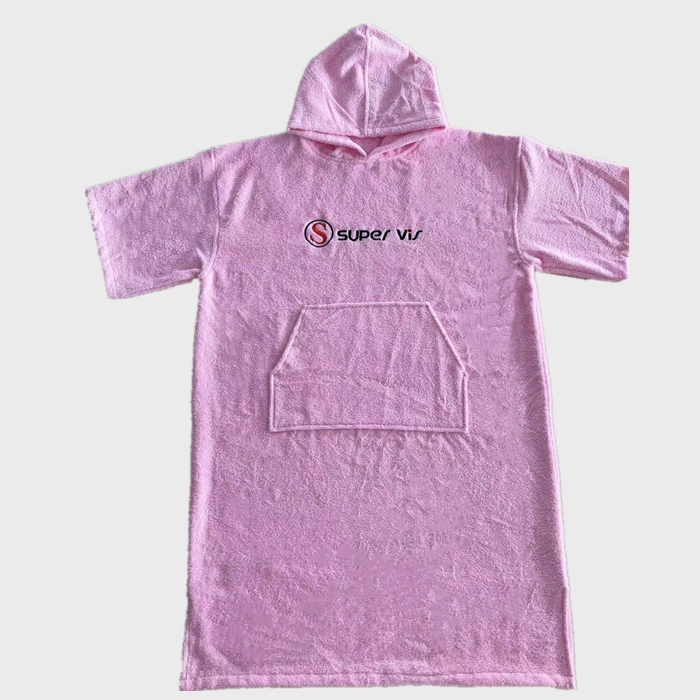Strawberry cultivation requires careful management of several key factors to ensure healthy growth, proper dormancy regulation, and high-quality fruit production. One of the most critical steps is timely insulation, which plays a vital role in controlling dormancy and promoting flower bud development. Most strawberry varieties begin entering dormancy around late October, and this is also when bud initiation typically starts. Therefore, it's essential to apply the cover film at the right time—too early may prevent dormancy, while too late could cause plants to become stunted once they enter dormancy. Proper timing ensures that both dormancy and bud differentiation occur smoothly.
Temperature control is another crucial aspect after covering the plants. In the early stages of insulation, maintaining daytime temperatures around 28°C (with a maximum of 30°C) and nighttime temperatures between 12–15°C helps avoid dormancy and supports flower bud development. If temperatures drop below 8°C, it can negatively impact growth. During the budding phase, daytime temperatures should be kept at 25–28°C, with night temperatures around 10°C. High nighttime temperatures above 13°C can lead to bud degeneration and hinder pollen development. Spraying with Spring Rain No. 1 or gibberellin can help suppress dormancy. For optimal flowering, daytime temperatures should be 23–25°C and nighttime temperatures 8–10°C, which promotes both flowering and pollination. During fruit expansion, keeping daytime temperatures at 20–25°C and nighttime temperatures at 6–8°C encourages fruit enlargement and reduces the occurrence of small fruits. When harvesting begins, maintaining daytime temperatures at 20–23°C and nighttime temperatures at 5–7°C is ideal. Adjusting temperature levels by managing ventilation and opening times inside the greenhouse is essential for maintaining optimal conditions.
Outside the greenhouse, especially in northern regions where winter temperatures are extremely low, additional protection is necessary. Covering the outer layer of the greenhouse with insulating materials such as straw or cold-proof blankets can help maintain stable internal temperatures. The thickness of these materials should be adjusted based on local climate conditions.
Fertilization and irrigation are also important. After insulation, strawberries require regular topdressing to support flower bud development, blooming, and fruit growth. At least four to five applications of fertilizers like Scola, compound fertilizer, potassium dihydrogen phosphate, and Chunyu No. 1 "bullet" are recommended. Watering is equally critical, as the greenhouse environment tends to dry out quickly due to high temperatures. Soil moisture should be monitored closely. A simple way to check if the plants need water is to observe the leaves in the morning—if there are water droplets, the roots are functioning properly. Otherwise, the soil may be dry. Drip irrigation systems are effective in keeping the soil consistently moist, especially during the first seven days after insulation.
Artificial lighting can also be used to simulate longer daylight hours, preventing dormancy and promoting plant growth. Morning light helps increase fruit set, while evening light encourages petiole elongation, which is beneficial for fruit size and color development.
Pest and disease control is another essential part of greenhouse strawberry farming. Common diseases include gray mold, powdery mildew, anthracnose, Verticillium wilt, root rot, and bacterial leaf spot. Fungicides like Botrytis cinerea, silver nectar, Fuxing, Shigao, Saifu, and Bordeaux mixture can be used for treatment. Insect pests such as aphids and spider mites can be controlled using insecticides like fast cola, imidacloprid, alfalfa fog, acetamiprid, and dicloran. For underground pests like wireworms and cockroaches, poisoned baits such as Saier, Le Siben, and phoxim can be applied.
Proper management of these factors ensures that strawberries grow healthily, produce high-quality fruit, and remain productive throughout the season. (Senior Agronomist Ban Yimin)
Cotton dry robe poncho, dry robe waterproof, customized logo dry robe, long sleeve dry robe poncho supplier fore more than 7 years. We are factory directly with cheap price.
| Product Name | Cotton Dry Robe Poncho |
| Size | One size or customized |
| Color | Black, Grey, Blue, Red and etc and customized |
| Fabric | Recycled nylon and polyester |
| Sample | Available ( about 5-7 days) |
| Logo | Customized logo accepted |


Cotton Dry Robe Poncho,Dry Robe Waterproof,Customized Logo Dry Robe,Long Sleeve Dry Robe Poncho
Suzhou Golden Gamrnet MFG Co.,Ltd , https://www.svchangerobe.com